A Guide to Understanding Wood Grain Patterns
Have you ever marveled at the intricate patterns of wood grain and wondered what makes each piece unique? Wood grain is not just a visual feature; it tells a story about the tree it came from and the conditions it grew in. From the straight lines of oak to the swirling patterns of walnut, understanding wood grain patterns is crucial for anyone involved in woodworking or design. This article explores the fascinating world of wood grain patterns, their significance in woodworking, and how to identify and appreciate the different types for better craftsmanship and design choices.
So, what exactly is wood grain? At its core, wood grain refers to the pattern of fibers in wood, which can vary significantly between species. These patterns arise from the growth of the tree and can be influenced by factors such as soil conditions, climate, and even the tree's age. Learning to recognize these patterns is essential for anyone looking to work with or appreciate wood. Just like reading a book, understanding the grain can reveal the history and personality of the wood. Whether you’re a seasoned carpenter or a DIY enthusiast, this knowledge will enhance your projects and help you make informed design choices.
When it comes to wood, not all grains are created equal. Different types of wood exhibit unique grain patterns, including straight, wavy, and interlocked. Each type has its own aesthetic and functional characteristics that influence woodworking projects. For instance, straight grain is often preferred for its strength and uniformity, while wavy grain adds character and visual interest. Understanding these differences can help you choose the right wood for your specific project. Let's dive deeper into these patterns and discover what makes each one special.
Straight grain is characterized by parallel lines that run the length of the wood. This pattern is often favored for its uniform appearance and strength, making it ideal for various applications. Imagine a well-organized bookshelf; the straight lines create a sense of order and stability. Similarly, straight grain wood provides a clean and polished look that many craftsmen seek. It’s commonly found in species like maple and birch, which are popular choices for furniture and cabinetry.
Identifying straight grain involves looking for consistent, parallel lines. To spot straight grain effectively, pay attention to the following tips:
- Examine the wood from different angles to see if the lines remain uniform.
- Look for a smooth texture, as straight grain often feels more refined.
- Check the end grain; it should show a clear pattern of parallel lines.
By honing your observation skills, you'll become adept at recognizing straight grain in different wood types, which is an invaluable skill in woodworking.
Straight grain is commonly used in furniture and cabinetry due to its strength and visual appeal. Its uniformity makes it an excellent choice for pieces that require durability, such as tables and chairs. Moreover, the clean lines of straight grain wood can complement a variety of design styles, from traditional to modern. Whether you’re crafting a simple shelf or an elaborate dining table, straight grain wood can elevate your project.
On the other hand, wavy grain patterns create a dynamic, flowing appearance that adds character to wood. This type of grain can evoke feelings of movement and fluidity, much like a gentle wave lapping at the shore. Wavy grain wood is often sought after for its aesthetic appeal, making it a popular choice for decorative pieces. Species like cherry and mahogany frequently showcase this captivating grain pattern, inviting admiration and sparking conversation.
Interlocked grain patterns are formed when fibers twist and turn, creating unique visual effects. This grain type is often seen in woods like teak and zebrawood. The interlocking fibers provide exceptional strength, making this wood ideal for applications that require durability, such as flooring and cabinetry. However, the very characteristics that make interlocked grain attractive can also present challenges in woodworking.
Interlocked grain offers both advantages and challenges in woodworking. Some of the benefits include:
- Increased durability: The twisting fibers provide greater resistance to splitting and warping.
- Aesthetic appeal: The unique patterns can enhance the visual interest of any project.
However, there are potential drawbacks, such as:
- Difficulty in cutting: The twisting fibers can make it challenging to achieve a clean cut.
- Increased tool wear: Working with interlocked grain may require more frequent sharpening of tools.
Understanding these pros and cons will help you decide whether interlocked grain is suitable for your next project.
Certain wood species are known for their interlocked grain patterns. Here are some popular choices:
| Wood Species | Characteristics | Common Uses |
|---|---|---|
| Teak | Durable, water-resistant | Outdoor furniture, decking |
| Zebrawood | Striking contrast, unique patterns | Decorative veneers, cabinetry |
| Mahogany | Rich color, fine grain | High-end furniture, musical instruments |
These species not only showcase stunning grain patterns but also offer practical benefits that can enhance your woodworking projects.
Q: How can I tell the difference between straight and wavy grain?
A: Straight grain appears as consistent, parallel lines, while wavy grain has a more flowing, undulating pattern. Observing the wood from different angles can help clarify the differences.
Q: Is interlocked grain wood more expensive?
A: Generally, yes. Interlocked grain wood is often rarer and more sought after, which can drive up the price. However, its durability and aesthetic appeal can make it worth the investment.
Q: Can I use wood with wavy grain for structural applications?
A: While wavy grain wood can be used for structural applications, it's essential to consider its strength and the specific requirements of your project. Always consult with a woodworking expert if you're unsure.
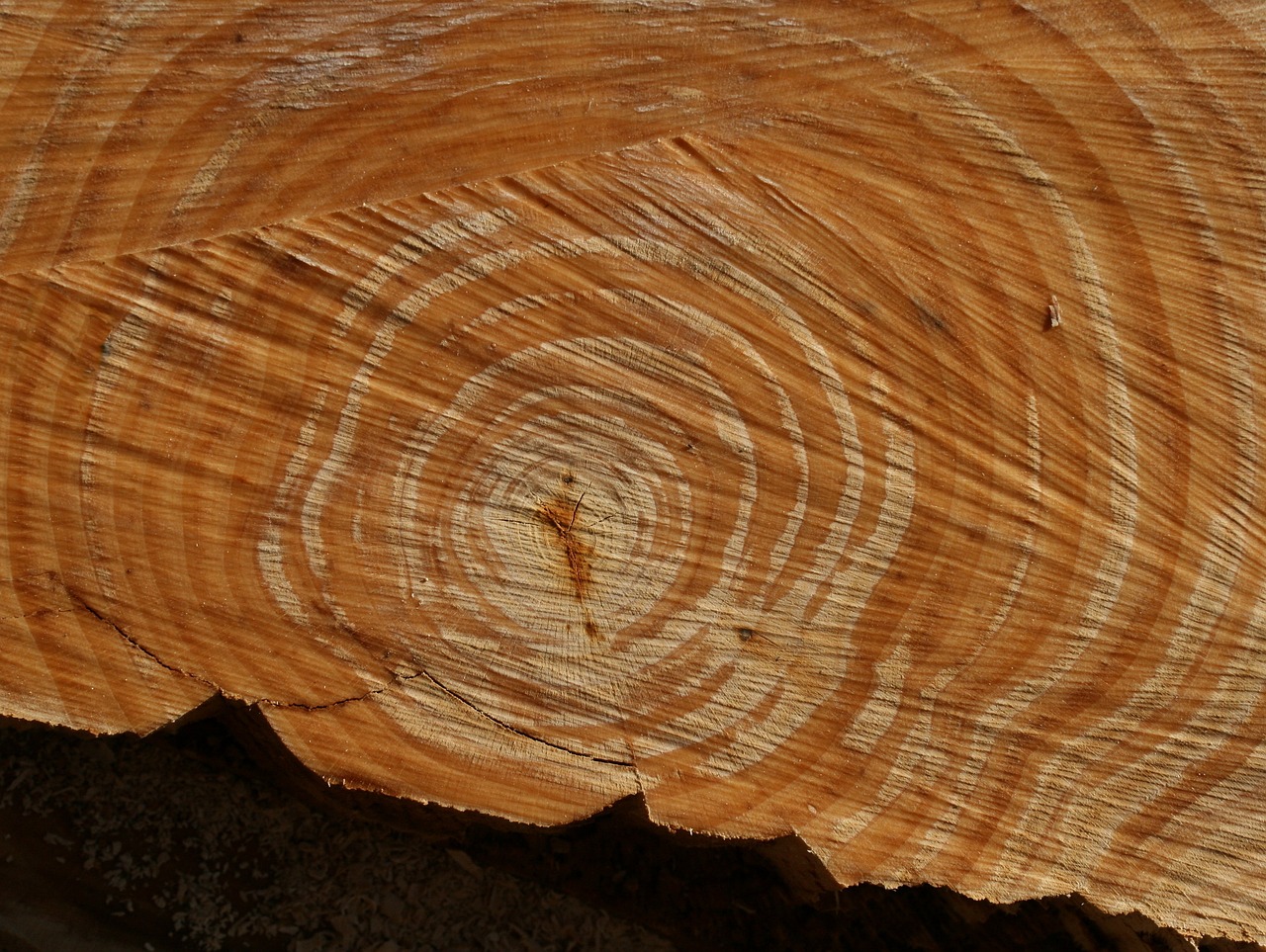
The Basics of Wood Grain
Wood grain is more than just a visual aspect of timber; it’s a story etched in each piece, telling us about the growth, age, and species of the tree from which it came. When you take a closer look, you’ll notice that wood grain refers to the pattern of fibers that run through the wood, and these patterns can vary dramatically from one species to another. Understanding the basics of wood grain is essential for anyone interested in woodworking or simply appreciating the beauty of natural materials.
At its core, wood grain is influenced by several factors, including the species of the tree, its growth conditions, and even the way it was cut. For instance, trees that grow in dense forests tend to have tighter grains due to competition for sunlight, while those that grow in open areas may exhibit wider grains. This variation can significantly impact both the appearance and the performance of the wood in various applications.
When discussing wood grain, it’s essential to recognize the two primary types: hardwood and softwood. Hardwoods, which come from deciduous trees, typically exhibit more complex and varied grain patterns compared to softwoods from coniferous trees. This complexity not only enhances the aesthetic appeal of hardwoods but also influences their durability and workability. For example, oak and walnut are known for their distinctive grain patterns, making them popular choices for fine furniture.
Another aspect to consider is the cutting method used during the milling process. The way wood is cut can dramatically change its grain appearance. Common cutting methods include:
- Plain Sawn: This is the most common method, resulting in a cathedral-like grain pattern.
- Quarter Sawn: This method produces a straighter grain pattern and is often preferred for its stability and resistance to warping.
- Rift Sawn: This technique yields a very straight grain with minimal flecking, popular in modern designs.
Understanding these basics not only enriches your knowledge but also enhances your ability to select the right wood for your projects. Whether you’re crafting a stunning piece of furniture or simply choosing wood for a hobby, recognizing the characteristics of different wood grains will help you make informed decisions that align with your design vision.
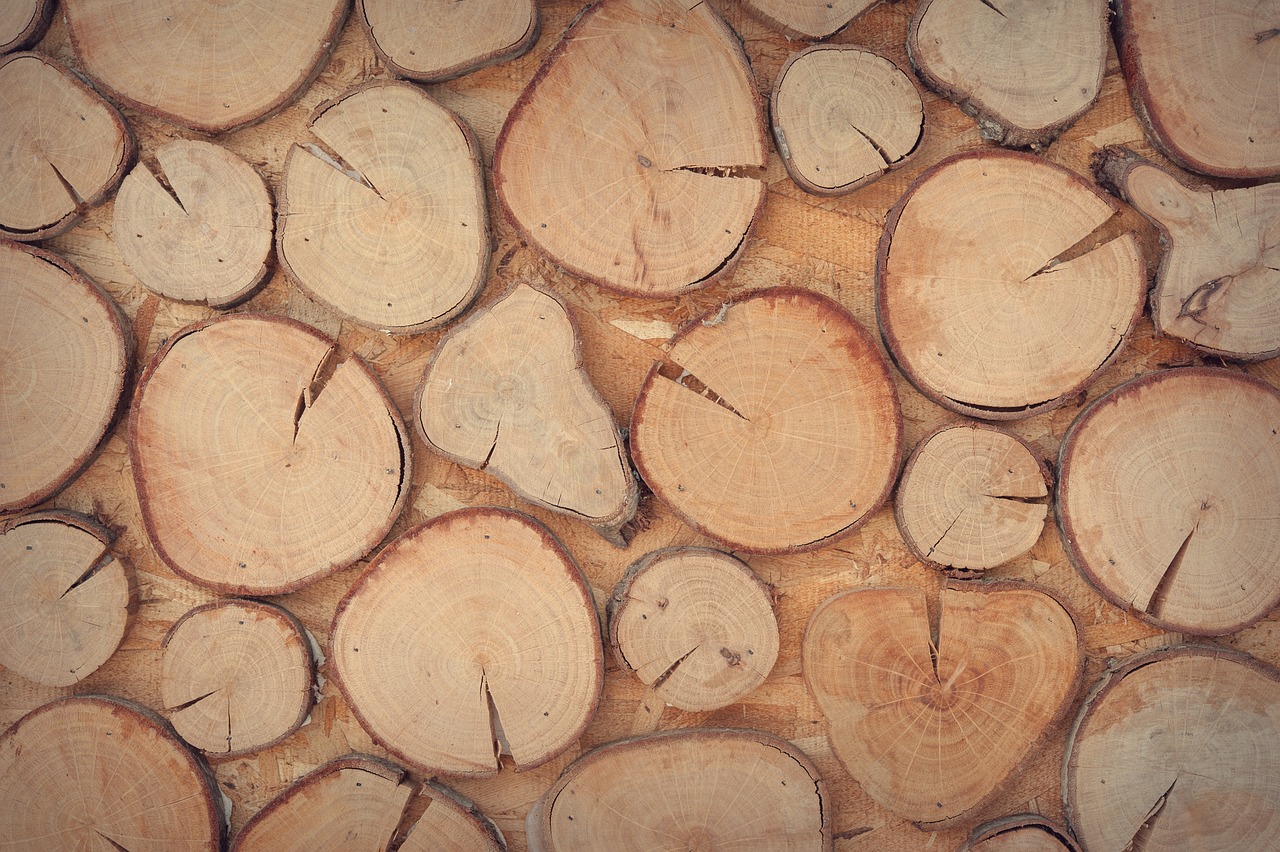
When it comes to woodworking, understanding the different types of wood grain patterns is like knowing the various brush strokes in a painter's toolkit. Each pattern tells a story about the tree it came from and can significantly influence the aesthetic and functionality of your project. Wood grain patterns can be broadly classified into several categories, each with its own unique characteristics and applications. The most common types include Straight Grain, Wavy Grain, and Interlocked Grain. Let's dive deeper into these fascinating patterns!
Straight grain is often considered the classic choice in woodworking. It features parallel lines that run the length of the wood, giving it a clean and uniform look. This pattern not only enhances the visual appeal but also contributes to the wood's strength, making it a popular choice for structural applications. On the other hand, wavy grain patterns introduce a sense of movement and dynamism to the wood. This flowing appearance can add a touch of elegance and character, making it ideal for decorative pieces or furniture that aims to impress.
Interlocked grain, as the name suggests, consists of fibers that twist and turn, creating a unique visual effect. This type of grain is often found in hardwoods and offers a combination of beauty and durability. However, working with interlocked grain can be challenging due to its unpredictable nature. Understanding these types of grain patterns will not only enhance your woodworking skills but also help you make informed decisions when selecting materials for your projects.
To summarize, here’s a quick comparison of the three main types of wood grain patterns:
| Type of Grain | Characteristics | Common Uses |
|---|---|---|
| Straight Grain | Uniform, parallel lines | Furniture, cabinetry |
| Wavy Grain | Dynamic, flowing appearance | Decorative pieces, high-end furniture |
| Interlocked Grain | Twisting, turning fibers | Durable applications, specialty items |
Each wood grain pattern not only affects the look of your project but also how it behaves during the crafting process. Whether you’re building a sturdy table or a delicate chair, recognizing these patterns will empower you to select the right wood for your needs. So next time you’re at the lumber yard, take a moment to appreciate the intricate designs nature has to offer!
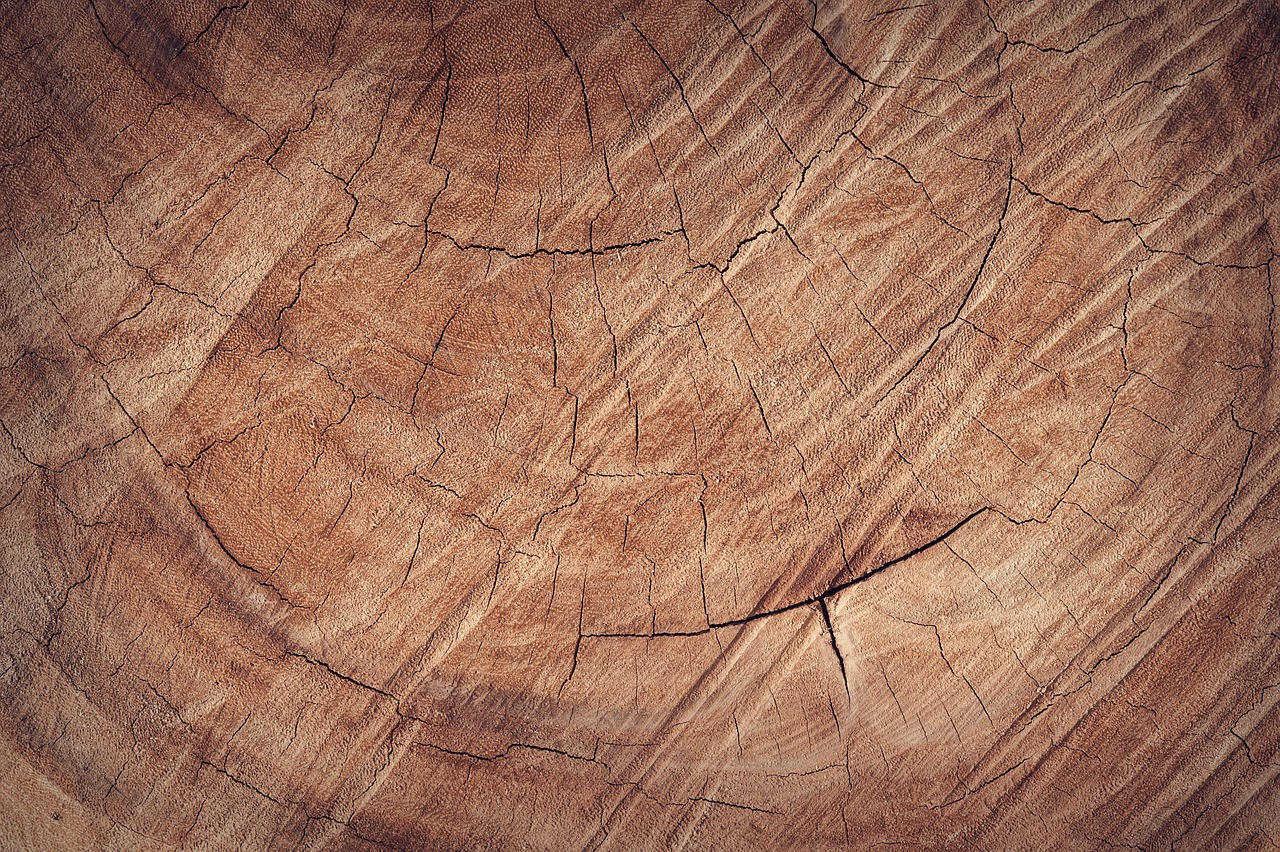
When it comes to woodworking, straight grain stands out as one of the most sought-after patterns due to its remarkable characteristics. This type of grain is defined by its parallel lines that run the entire length of the wood, creating a clean and uniform appearance. Imagine a serene landscape with rows of trees standing tall and straight; that’s the visual harmony that straight grain brings to woodworking projects. Not only does it appeal to the eye, but it also contributes to the structural integrity of the wood, making it a reliable choice for various applications.
Identifying straight grain is relatively straightforward. When you look closely at a piece of wood, you’ll notice the fibers align in a consistent manner. The uniformity of these lines not only enhances the aesthetic appeal but also indicates strength. This is crucial for anyone involved in woodworking, whether you’re crafting a simple shelf or building an intricate piece of furniture. The strength derived from straight grain makes it less prone to warping and splitting, which is a significant advantage for durability.
In terms of applications, straight grain wood is commonly used in furniture and cabinetry. The clean lines and smooth finish provide an elegant look that complements any interior design. For instance, a dining table made from straight grain oak not only showcases the beauty of the wood but also promises longevity, making it a worthwhile investment. Here are some common uses for straight grain wood:
- Furniture: Chairs, tables, and cabinets benefit greatly from the strength and aesthetics of straight grain.
- Cabinetry: Kitchen cabinets made from straight grain wood look sleek and modern.
- Flooring: Straight grain patterns in hardwood floors create a timeless appeal.
Moreover, the versatility of straight grain wood extends to various species, each offering unique shades and textures. For example, maple, birch, and cherry are popular choices for straight grain wood, each bringing its own character to the table. When selecting wood for your next project, consider how the straight grain pattern will not only enhance the beauty but also the functionality of your piece.
In conclusion, understanding and appreciating straight grain is essential for any woodworker or enthusiast. Its combination of beauty, strength, and versatility makes it a top choice for countless projects. Whether you’re a seasoned craftsman or just starting your woodworking journey, recognizing the value of straight grain can significantly elevate your craftsmanship and design choices. So, the next time you’re in the lumber yard, take a moment to admire the beauty of straight grain wood and envision the possibilities it holds for your projects.
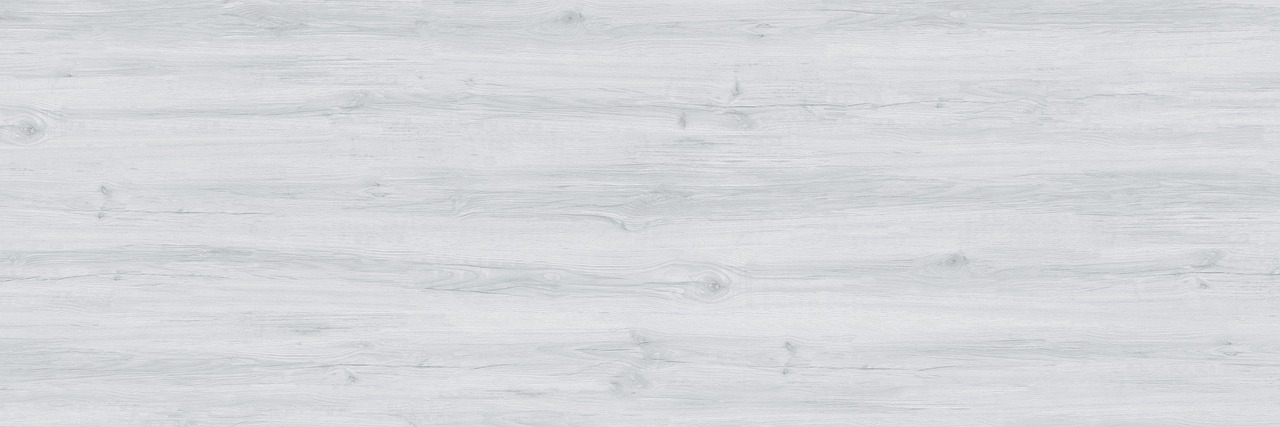
Identifying straight grain in wood can be a rewarding experience, especially for those who appreciate the beauty and strength that this pattern brings to their woodworking projects. To start, it’s essential to look for consistent, parallel lines that run along the length of the wood. These lines should appear uniform and unbroken, resembling the orderly rows of a well-tended garden. The more aligned and straight these lines are, the more likely you are dealing with straight grain.
One effective method to identify straight grain is to examine the wood under different lighting conditions. Natural light can help reveal the subtle nuances of the grain, making it easier to discern whether the lines are truly straight or if they exhibit any waviness. Additionally, you can run your fingers along the surface of the wood; a smooth texture often indicates a well-defined straight grain, while irregularities or bumps may suggest otherwise.
Another aspect to consider is the wood species. Certain types of wood are renowned for their straight grain characteristics. For instance, species like maple and oak typically display a straight grain pattern, making them popular choices for furniture and cabinetry. If you're unsure about a specific wood type, researching its grain characteristics can provide valuable insights.
Moreover, it’s crucial to understand that straight grain can sometimes be obscured by surface treatments or finishes. If you’re examining a piece that’s been stained or varnished, take a closer look at the raw edges or cut surfaces. These areas often reveal the true grain pattern, allowing you to make a more accurate assessment.
In summary, identifying straight grain involves a combination of visual inspection, tactile evaluation, and knowledge of wood species. By honing these skills, you’ll not only enhance your woodworking prowess but also develop a deeper appreciation for the natural beauty that wood has to offer.
- What is straight grain? Straight grain refers to the pattern of wood fibers that run parallel to each other, creating a uniform appearance.
- Why is straight grain important in woodworking? Straight grain is valued for its strength and aesthetic appeal, making it ideal for various applications such as furniture and cabinetry.
- How can I tell if wood has straight grain? Look for consistent, parallel lines along the length of the wood, and consider examining it under different lighting conditions.
- What types of wood typically have straight grain? Common species with straight grain include maple, oak, and cherry.

When it comes to woodworking, straight grain is like the reliable friend you can always count on. Its uniform appearance and inherent strength make it a top choice for a variety of applications. From furniture to cabinetry, straight grain wood is often the preferred material for projects where durability and aesthetics are paramount. Imagine crafting a beautiful dining table that not only looks stunning but can also withstand the wear and tear of daily use; that’s the magic of straight grain.
One of the most common applications of straight grain wood is in furniture making. Think about your favorite pieces at home—perhaps a sleek, modern coffee table or a classic wooden chair. These items often feature straight grain because it provides a clean, sophisticated look that complements any interior design. The strength of straight grain also means that these pieces can last for generations, making them a worthwhile investment.
Another significant application is in cabinetry. Whether it’s kitchen cabinets or bathroom vanities, straight grain wood offers both beauty and functionality. The uniform lines of the grain create a visually appealing aesthetic that can enhance the overall look of any room. Additionally, the strength of straight grain wood ensures that cabinets can handle the weight of dishes, appliances, and other items without warping or cracking over time.
Moreover, straight grain wood is often used in musical instruments. For example, many high-quality guitars utilize straight grain for the neck and body due to its stability and resonance. The consistent grain pattern allows for better sound quality, which is crucial for musicians looking to create the perfect melody.
In construction, straight grain wood is frequently used for structural elements such as beams and posts. The predictable strength of straight grain wood makes it ideal for supporting heavy loads, ensuring that buildings remain safe and sturdy. This application highlights the importance of understanding wood grain patterns not just for aesthetic purposes but also for practical, safety-related considerations.
In summary, straight grain wood is a versatile and reliable choice for various woodworking applications. Its strength, beauty, and durability make it an essential material for furniture, cabinetry, musical instruments, and construction. By choosing straight grain wood, craftsmen can ensure their projects not only look great but also stand the test of time.
- What is the difference between straight grain and other grain patterns? Straight grain features parallel lines that run along the length of the wood, while other patterns like wavy or interlocked have more complex arrangements.
- Why is straight grain preferred in furniture making? Its uniform appearance and strength make it visually appealing and durable, ideal for items that endure regular use.
- Can straight grain wood be used for outdoor projects? Yes, but it's essential to choose species that are naturally resistant to moisture and decay, like cedar or redwood.
- How do I identify straight grain wood? Look for consistent, parallel lines running the length of the wood. This pattern is a clear indicator of straight grain.

The beauty of wavy grain lies in its ability to evoke a sense of movement and fluidity in wood. Unlike straight grain, which offers a more subdued and uniform appearance, wavy grain patterns create a dynamic visual experience that can transform even the simplest piece of furniture into a work of art. Imagine looking at a piece of wood that seems to dance with the light, where the undulating lines draw your eyes across its surface, telling a story of nature's artistry. This fascinating pattern is not just about aesthetics; it also has practical implications in woodworking.
Wavy grain is often found in species such as maple, cherry, and walnut. Each of these woods showcases its own unique wave patterns, which can vary from subtle ripples to bold, dramatic curves. When working with wavy grain, woodworkers must consider how these patterns will influence their designs. For instance, the undulating lines can enhance the visual interest of a tabletop or cabinet front, making it a focal point in any room.
One of the most exciting aspects of wavy grain is its versatility. It can be used in a variety of applications, including:
- Furniture: Wavy grain can elevate the design of chairs, tables, and cabinets, giving them a unique character.
- Decorative elements: Items like picture frames or wall art can benefit from the flowing patterns of wavy grain, adding depth and intrigue.
- Musical instruments: Certain string instruments utilize wavy grain for its acoustic properties, enhancing sound quality.
However, working with wavy grain does come with its own set of challenges. The non-linear nature of the grain can complicate cutting and shaping, making it essential for woodworkers to have a good understanding of their tools and techniques. Proper planning and execution are key to ensuring that the final product showcases the grain's beauty without compromising structural integrity.
In summary, wavy grain is more than just a pretty face in the world of woodworking. Its captivating patterns not only enhance the aesthetic appeal of wooden items but also serve functional purposes. As you explore different wood species, take a moment to appreciate how wavy grain can add character and charm to your projects, turning ordinary pieces into extraordinary creations.
Q: What types of wood typically have wavy grain?
A: Common species with wavy grain include maple, cherry, and walnut. Each has its own unique wave patterns.
Q: How does wavy grain affect woodworking techniques?
A: Wavy grain can complicate cutting and shaping due to its non-linear nature, requiring careful planning and technique.
Q: Can wavy grain be used in any type of woodworking project?
A: Yes, wavy grain can enhance various projects, including furniture, decorative elements, and even musical instruments.
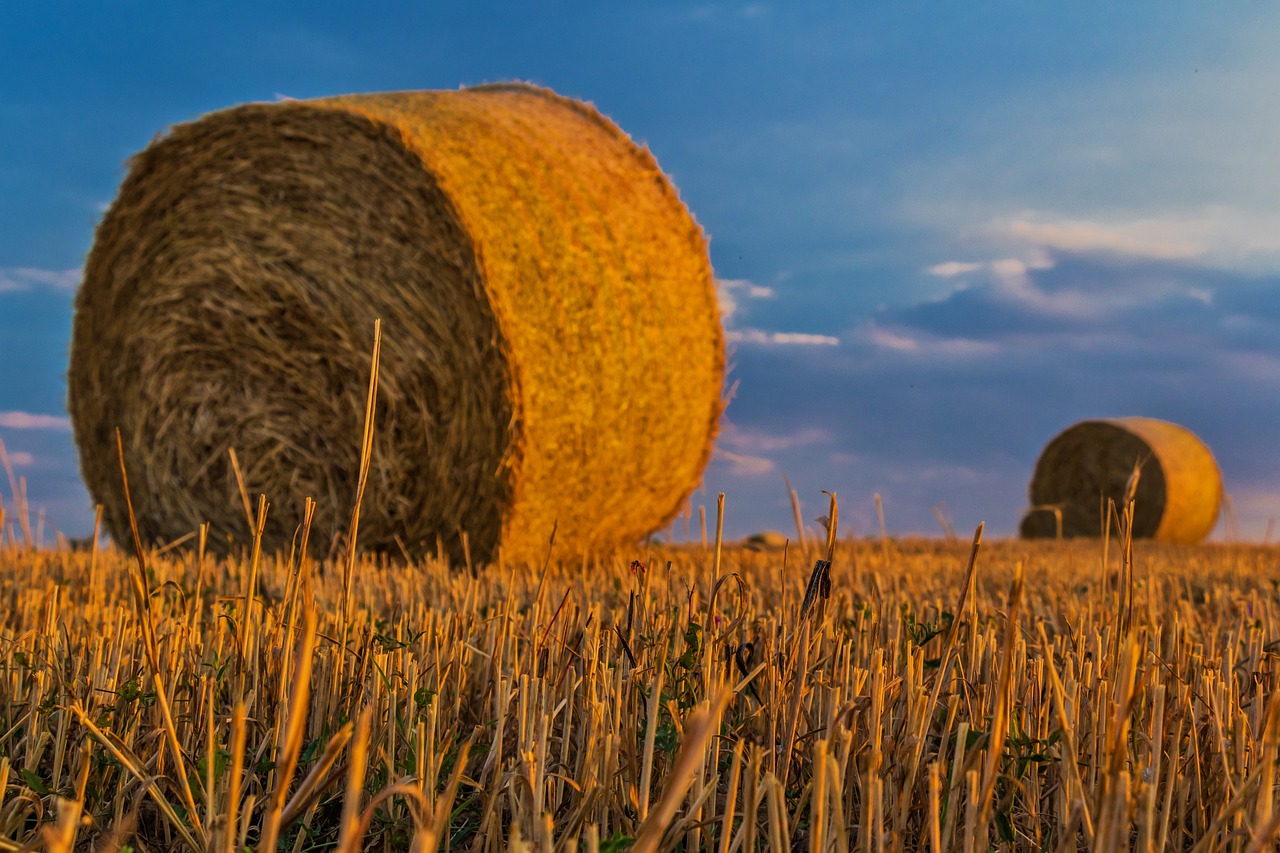
Interlocked grain patterns are one of the most intriguing aspects of woodworking. They emerge when the wood fibers twist and turn as they grow, creating a unique visual effect that can be both mesmerizing and complex. This type of grain is not just about aesthetics; it also plays a significant role in the wood's performance characteristics. For woodworkers, understanding interlocked grain is essential, as it can influence everything from the cutting process to the final finish.
When you look at a piece of wood with interlocked grain, you'll notice a dynamic interplay of light and shadow, which can enhance the beauty of the finished product. This grain pattern is often found in species such as mahogany, maple, and teak. Each of these woods exhibits its own unique twist on the interlocked grain, making them popular choices for high-end furniture and cabinetry.
However, working with interlocked grain can be a double-edged sword. On one hand, it offers remarkable durability and resistance to warping, making it an excellent choice for items that need to withstand wear and tear. On the other hand, the twisting fibers can present challenges during the woodworking process. Cutting through interlocked grain can be tricky, as the fibers may tear or splinter if not handled correctly. Understanding how to navigate these challenges is key to achieving a beautiful result.
Here are some of the pros and cons of working with interlocked grain:
- Pros:
- Increased durability: Interlocked grain provides strength and resistance to damage.
- Unique aesthetics: The visual effects can elevate the design of any project.
- Less prone to warping: This grain type helps maintain the shape of the wood.
- Cons:
- Cutting difficulties: The twisting fibers can be challenging to saw or plane.
- Higher tool wear: Tools may dull more quickly when working with interlocked grain.
In summary, interlocked grain patterns offer a fascinating blend of beauty and complexity. For woodworkers, understanding these patterns is crucial for making informed decisions about the materials they choose. Whether you're crafting a stunning piece of furniture or a simple wooden box, recognizing the characteristics of interlocked grain can significantly enhance your craftsmanship and design choices.
Q: What is interlocked grain?
A: Interlocked grain refers to a wood grain pattern where the fibers twist and turn, creating unique visual effects and enhancing the wood's durability.
Q: Which wood species commonly have interlocked grain?
A: Some common species with interlocked grain include mahogany, maple, and teak. Each species exhibits its own unique characteristics.
Q: What are the advantages of using wood with interlocked grain?
A: Advantages include increased durability, unique aesthetics, and reduced warping, making it suitable for various woodworking projects.
Q: Are there any challenges when working with interlocked grain?
A: Yes, cutting through interlocked grain can be challenging, as the twisting fibers may tear or splinter. Proper techniques and tools are essential.
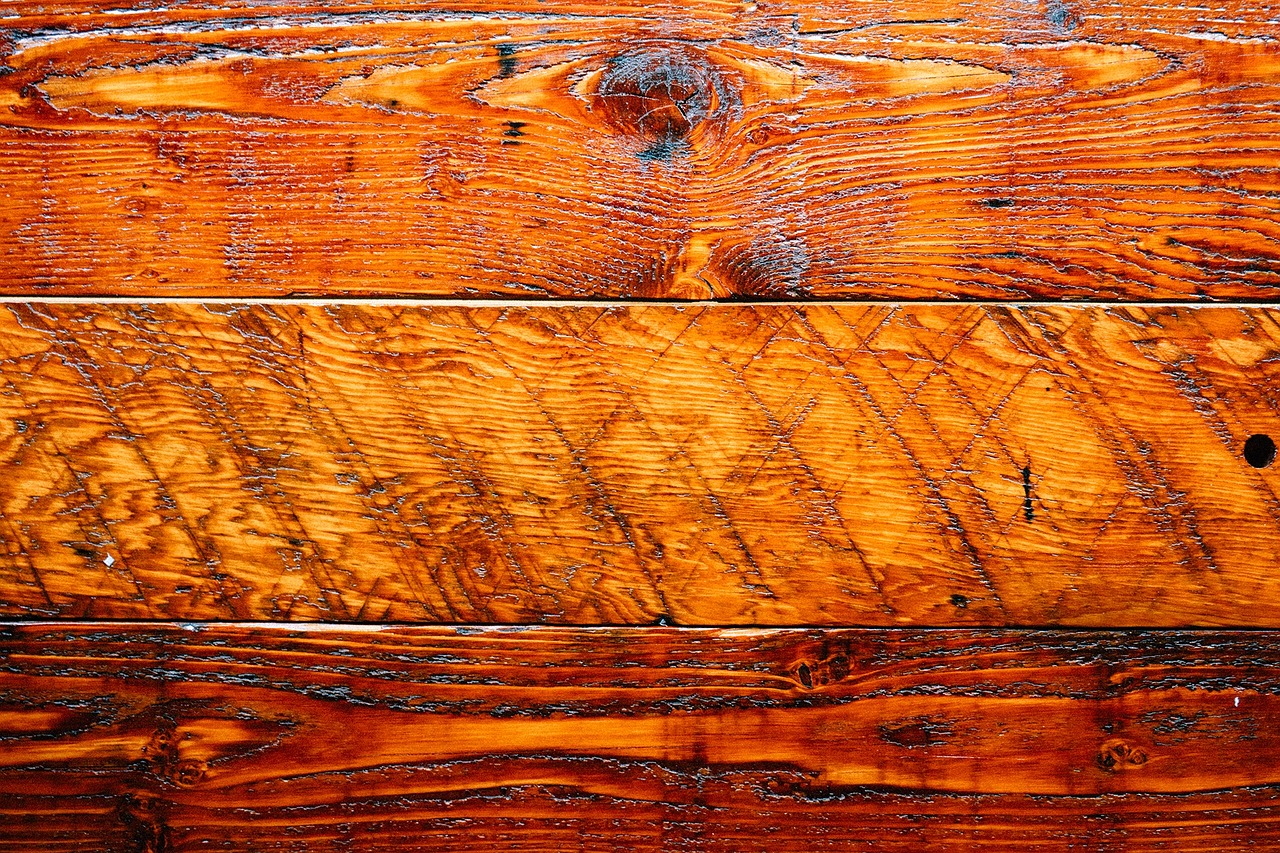
Interlocked grain patterns are a fascinating feature of certain wood species, and they come with their own set of advantages and disadvantages. Understanding these can significantly impact your woodworking projects. On the positive side, interlocked grain is known for its increased durability. This characteristic makes it an excellent choice for items that will experience wear and tear, such as furniture or flooring. Because the fibers twist and turn, they provide enhanced resistance to splitting and cracking, which is a huge plus for any craftsman looking to create long-lasting pieces.
However, not everything about interlocked grain is sunshine and rainbows. One of the main challenges is the difficulty in cutting. The twisting fibers can make it tricky to work with, requiring more skill and precision. If you're not careful, you might end up with splintering or uneven cuts, which can be frustrating for both novice and experienced woodworkers alike. Additionally, the unpredictable nature of interlocked grain can lead to inconsistencies in finishing, meaning that achieving a uniform look might take more effort.
When considering interlocked grain for your projects, it’s essential to weigh these pros and cons carefully. Here’s a quick summary:
| Pros | Cons |
|---|---|
| Increased durability | Difficulty in cutting |
| Resistant to splitting and cracking | Inconsistencies in finishing |
In conclusion, while interlocked grain can elevate the strength and aesthetic appeal of your woodworking projects, it also demands a higher level of skill and attention. If you’re up for the challenge, the results can be truly stunning, showcasing the unique beauty that this grain pattern offers. Just remember to take your time, and don’t rush the process!
Here are some common questions that people often have about interlocked grain:
- What types of wood have interlocked grain? Some popular species include mahogany, teak, and maple.
- Is interlocked grain more expensive? Generally, yes, due to its unique characteristics and the skill required to work with it.
- Can I use interlocked grain for outdoor projects? Absolutely! Just ensure that you apply the right finishes to protect it from the elements.
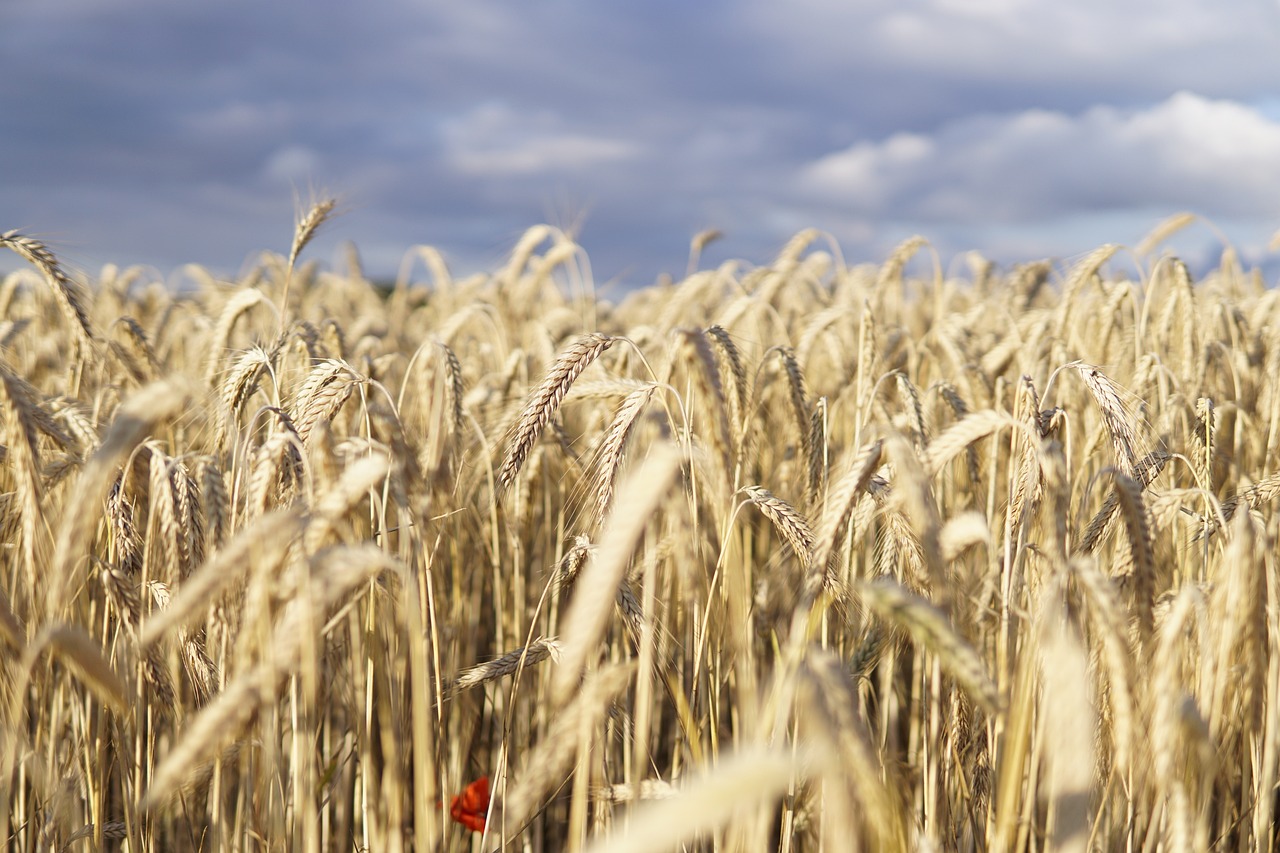
When it comes to woodworking, understanding the types of wood you’re working with can make a world of difference. One particularly intriguing category is wood with interlocked grain patterns. These woods not only offer unique aesthetics but also bring specific benefits and challenges to the table. So, what are some common wood species that exhibit this remarkable grain pattern? Let's dive in!
One of the most well-known species with interlocked grain is mahogany. This tropical hardwood is celebrated for its rich color and durability, making it a favorite among furniture makers. The interlocked grain of mahogany not only enhances its visual appeal but also contributes to its strength, allowing it to withstand various stresses without warping or cracking. It’s perfect for both fine cabinetry and intricate carvings.
Another popular choice is teak. Renowned for its exceptional weather resistance, teak is often used in outdoor furniture and boat building. The interlocked grain in teak helps it resist moisture and decay, making it an excellent option for environments where exposure to the elements is a concern. Plus, its warm, golden hue adds a touch of elegance to any project.
Cherry wood is also a notable contender. While it may not always exhibit a pronounced interlocked grain, many pieces do showcase this characteristic. Cherry is prized for its beautiful color that deepens over time, and its interlocked grain can add a subtle depth to its appearance. It’s often used in fine furniture and cabinetry, where both beauty and durability are essential.
Let’s not forget about maple, particularly curly maple. Known for its stunning figure, curly maple features a wavy, interlocked grain that creates an eye-catching effect. This wood is frequently used in high-end furniture and musical instruments, where aesthetics play a crucial role in the final product. The interlocked grain can enhance the wood's resonance, making it a preferred choice for luthiers.
Lastly, we have walnut. This elegant hardwood is often sought after for its rich, dark color and fine grain. Walnut can feature interlocked patterns that not only enhance its beauty but also provide strength and stability. It’s a popular choice for everything from cabinetry to flooring, and its luxurious appearance makes it a staple in upscale designs.
In summary, the world of interlocked grain woods is rich and varied, with each species bringing its own unique characteristics. Whether you're crafting a piece of furniture or designing a home, understanding these woods can elevate your craftsmanship and design choices. So, the next time you're in the lumberyard, keep an eye out for these stunning species!
- What is interlocked grain? Interlocked grain refers to a pattern where the wood fibers twist and turn, creating unique visual effects and adding strength to the wood.
- Why is interlocked grain important in woodworking? It provides both aesthetic appeal and structural integrity, making it suitable for various applications.
- Can all wood species have interlocked grain? No, not all wood species exhibit interlocked grain. It's more common in certain species like mahogany, teak, and walnut.
- How can I identify interlocked grain in wood? Look for a pattern where the grain appears to twist or change direction, often creating a unique visual effect.
Frequently Asked Questions
- What is wood grain?
Wood grain refers to the unique pattern of fibers in wood that varies from one species to another. These patterns are not just for looks; they also impact the wood's strength and workability, making it crucial for anyone involved in woodworking to understand.
- How can I identify different types of wood grain?
Identifying wood grain types involves closely examining the wood's surface. Look for characteristics like the direction of the lines, the presence of waves, or interlocking patterns. For example, straight grain appears as parallel lines, while wavy grain has a more dynamic, flowing look.
- What are the advantages of straight grain wood?
Straight grain wood is prized for its uniform appearance and strength. It's often used in furniture and cabinetry because it not only looks good but also provides durability. The consistent fibers help in achieving a clean cut and a smooth finish.
- What are the challenges of working with interlocked grain?
While interlocked grain wood can be incredibly beautiful and durable, it can also pose challenges during woodworking. The twisting fibers may make it harder to cut and shape, requiring more skill and precision. However, the unique visual effects it offers can be well worth the extra effort!
- Which wood species are known for interlocked grain patterns?
Several wood species exhibit interlocked grain patterns, including mahogany, oak, and walnut. These woods are often favored for their aesthetic appeal and strength, making them popular choices for high-end furniture and cabinetry.
- Can wood grain patterns affect the final appearance of a project?
Absolutely! The grain pattern can dramatically influence the aesthetics of your woodworking project. A straight grain might lend a more formal look, while wavy grain can add a touch of character and warmth, making your piece stand out.
- How do I maintain the beauty of wood grain in my projects?
To maintain the beauty of wood grain, it's essential to use the right finishing techniques. Proper sanding, staining, and sealing will enhance the natural patterns and protect the wood from damage. Regular maintenance, like cleaning and applying oils, can also keep the wood looking its best.



















